|
As James Taylor wrote, "I've seen fire and I've seen rain . . ." July began with the Burro Fire, which thanks to 800 firefighters was expertly contained until the monsoon roared in with drenching rains that put it out completely. Now we are wet, but very grateful for their work and sacrifice, and for this spectacular forest in Tucson's backyard. So, in celebration, let's looks at some of the birds that flew into town (Summerhaven) this month. Hermit ThrushThe Hermit Thrush has a spotted breast and fine white eye ring. A year-round resident of SE Arizona, this bird winters below 6000 feet and summers above 5500, making him a fairly common resident of Summerhaven during the summer. The eye ring is subtle, but I think is evident in the image below. For images of Hermit Thrushes in Northern California, see Tom Grey's website. Thrushes are in the family Turdidae, and are large-eyed, slender-billed songbirds. Most species in this family bear the name of "Thrush" and are brown backed with spotted breasts. However, included in this family are Robins and Bluebirds, distinctively different looking as adults, but as juveniles the bear the thrush speckled breast. Reference: Peterson Field Guide to Birds of Western North America, Roger Tory Peterson, Fourth Edition. Confession: these images were actually captured in late June, but I could not leave out this little fellow with his face all filled with bugs. Virginia's WarblerVirginia's Warbler is a small gray warbler with a white eye-ring, yellow breast, gray belly, and yellow undertail coverts. The male has a rufous crown which we can see in these image. It is fairly common in summer in SE Arizona above 5000 feet. The images here are not the best, but show the main features of the bird. Virginia's Warblers forage for insects and spiders in low shrubs and trees, as we can see in this series. They don't sit still for long, and are usually playing a "fan dance" with the leaves. Virginia's Warblers are a Wood Warbler in the Family Parulidae. I count 50 species of Wood Warbler in the Peterson Field Guide to Birds of Western North America. It is no wonder that the Cornell Lab of Ornithology has a separate guide to warblers (The Warbler Guide) with a downloadable Quick Finder. Lesser GoldfinchThe Lesser Goldfinch is a common resident in SE Arizona, and often travels in flocks, foraging for seeds. As the rains begin, grasses begin to go to seed July through September. Several summers ago I found a small flock of Brewer's Sparrows in Summerhaven above their usual 5000 foot ceiling feasting on similar grasses off of Middle Sabino Road. This time it was our regulars turn, just above Marshall's Gulch on Sabino Creek. Great fun to watch them at the all-you-can eat buffet.
|
AuthorHenry Johnson, photographer and author of this site. For more detail, see About
Categories
All
Archives
July 2024
|
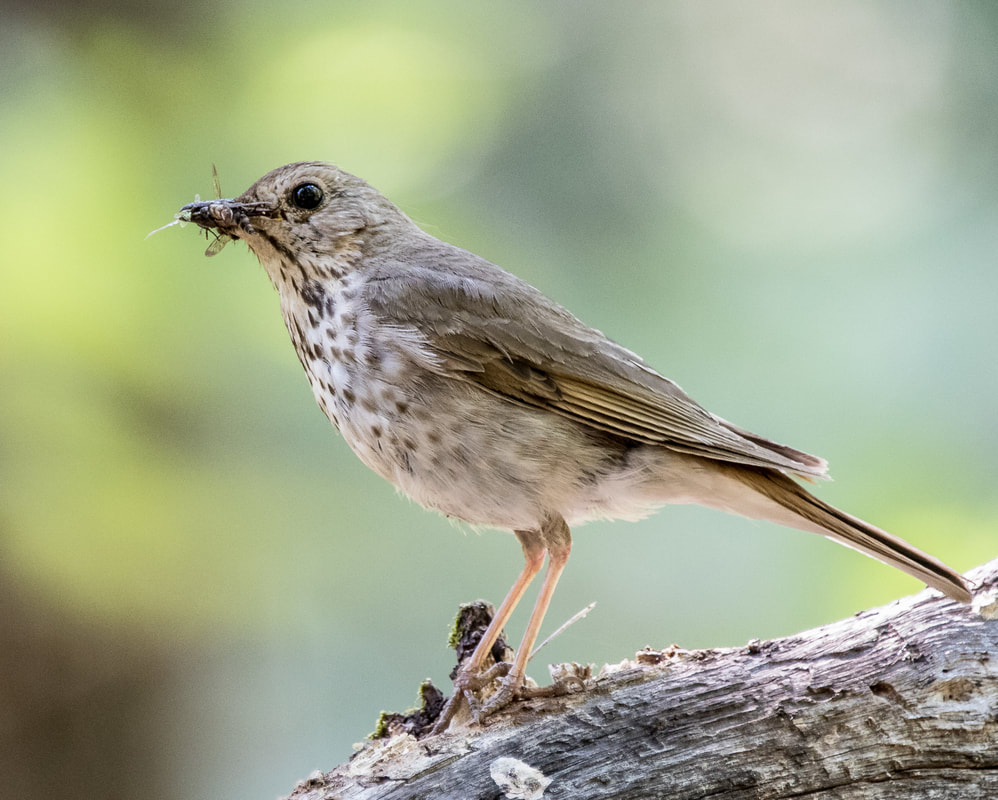
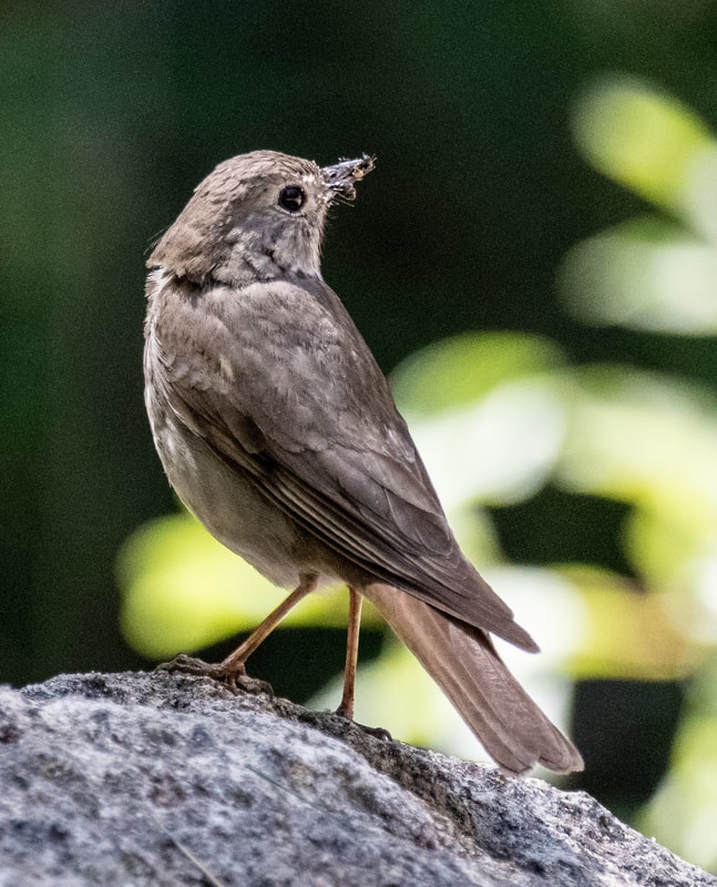
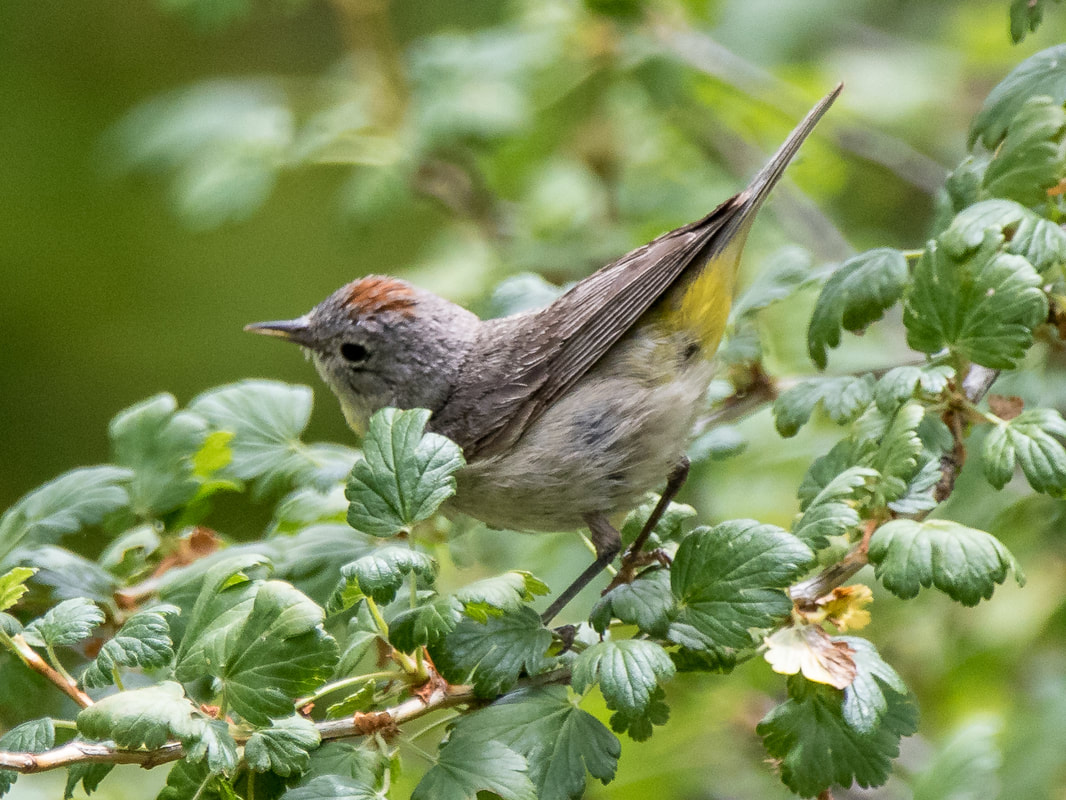
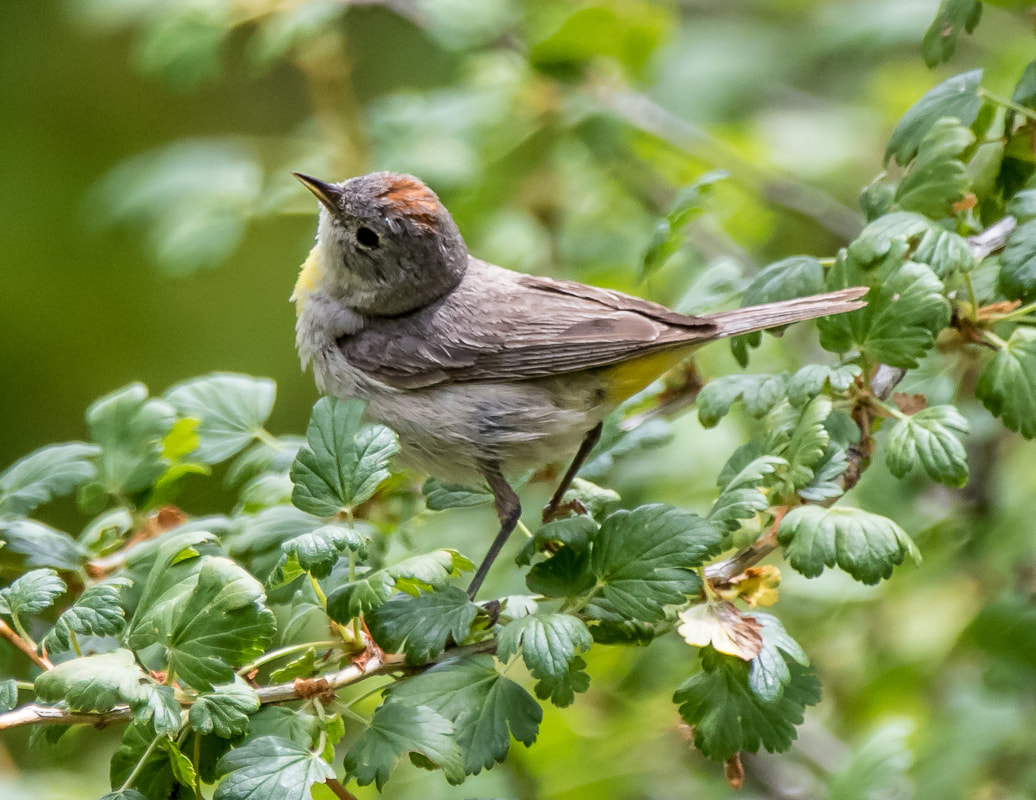
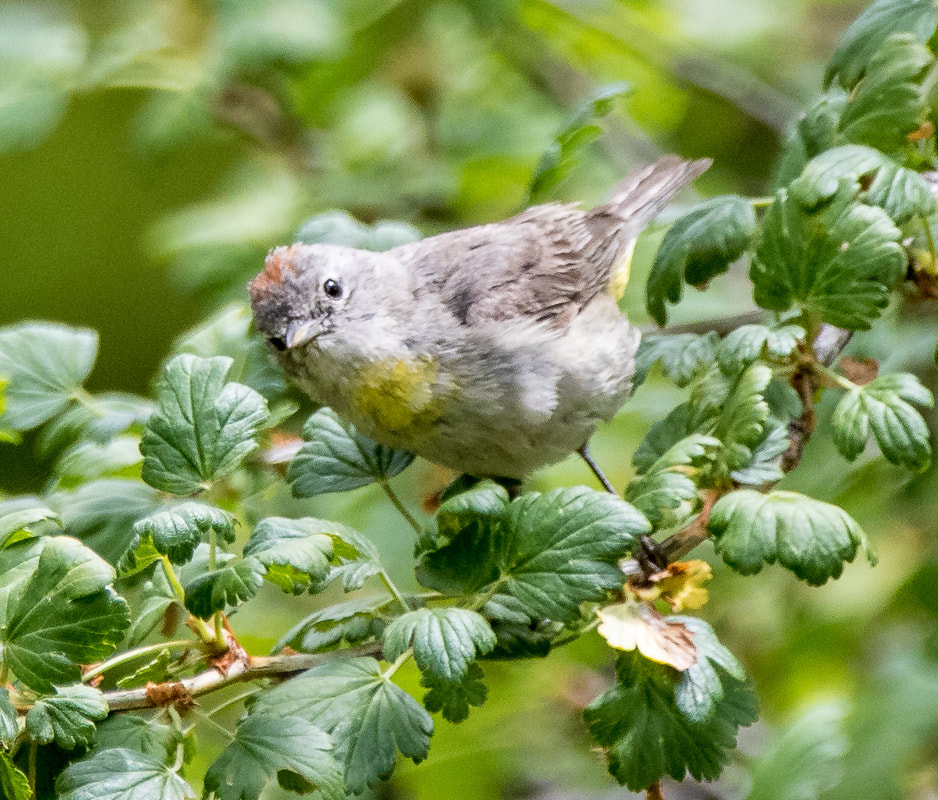
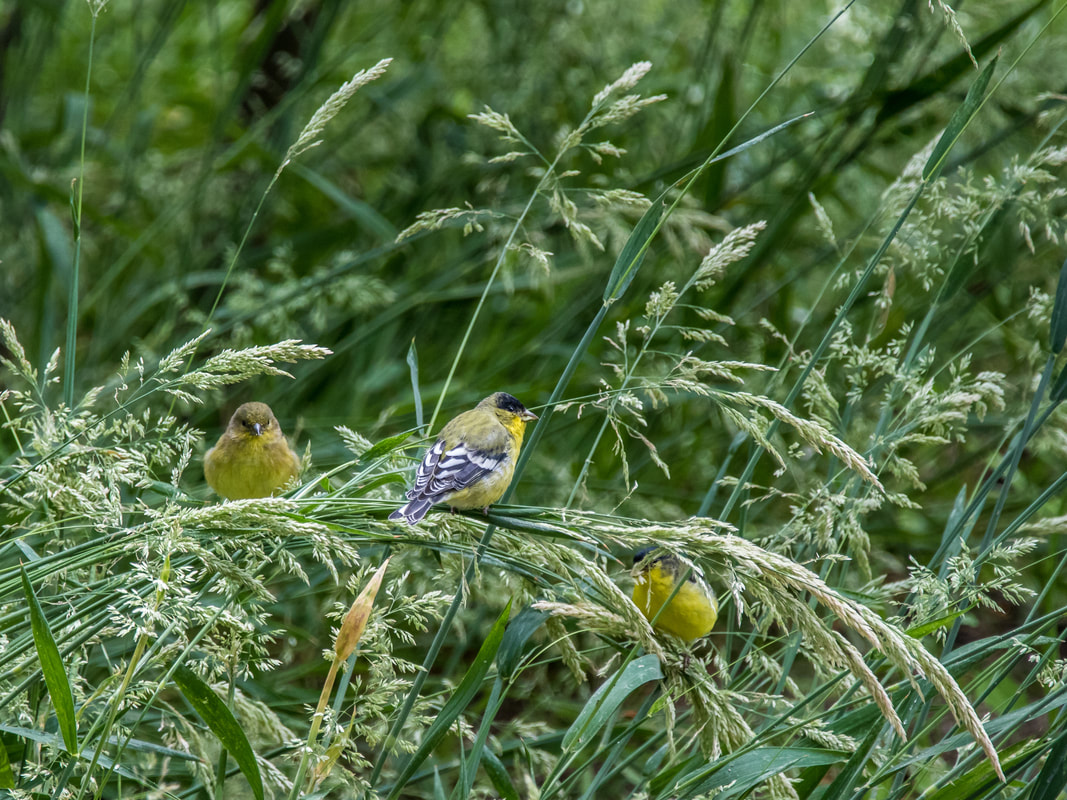
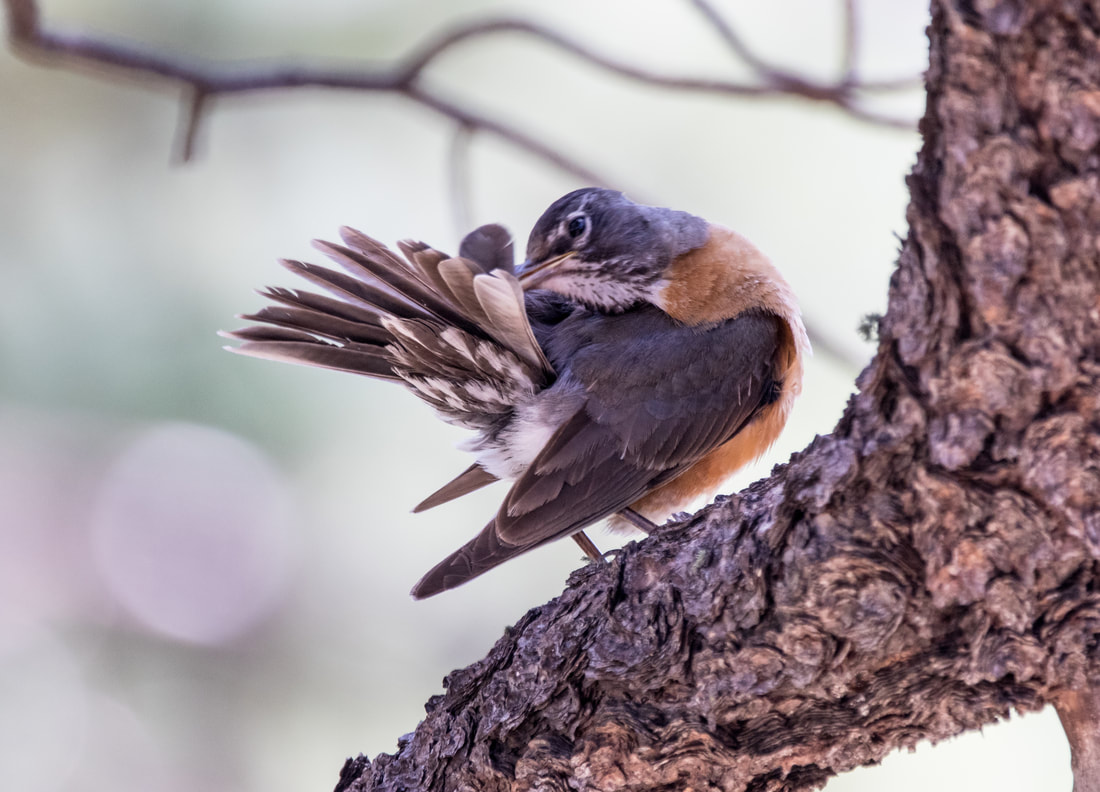

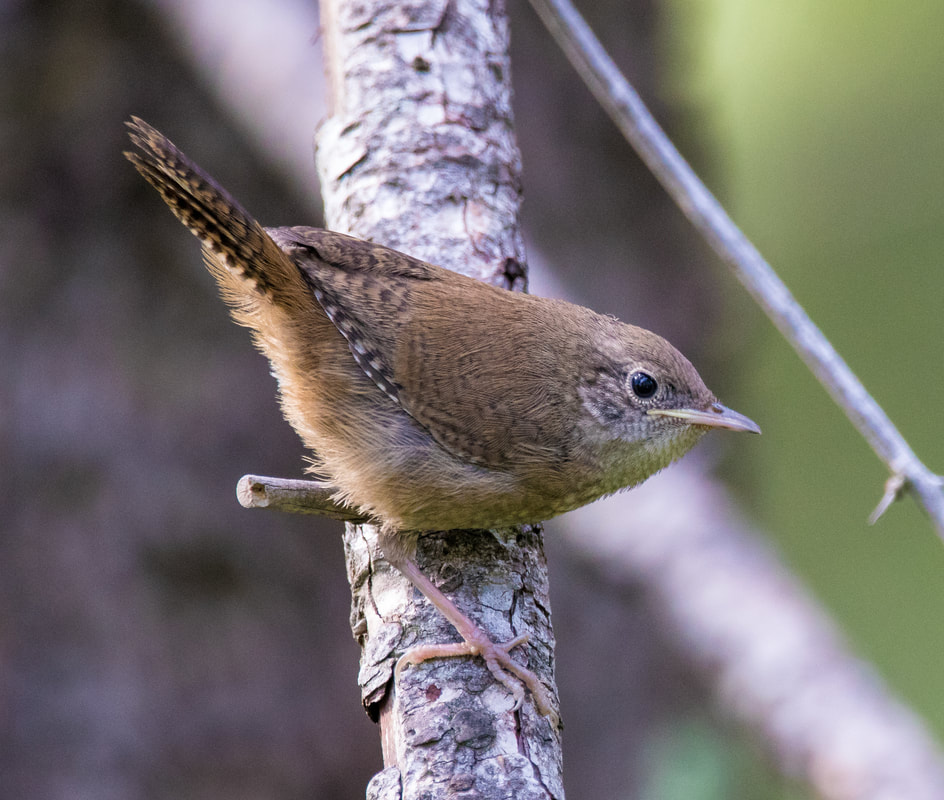
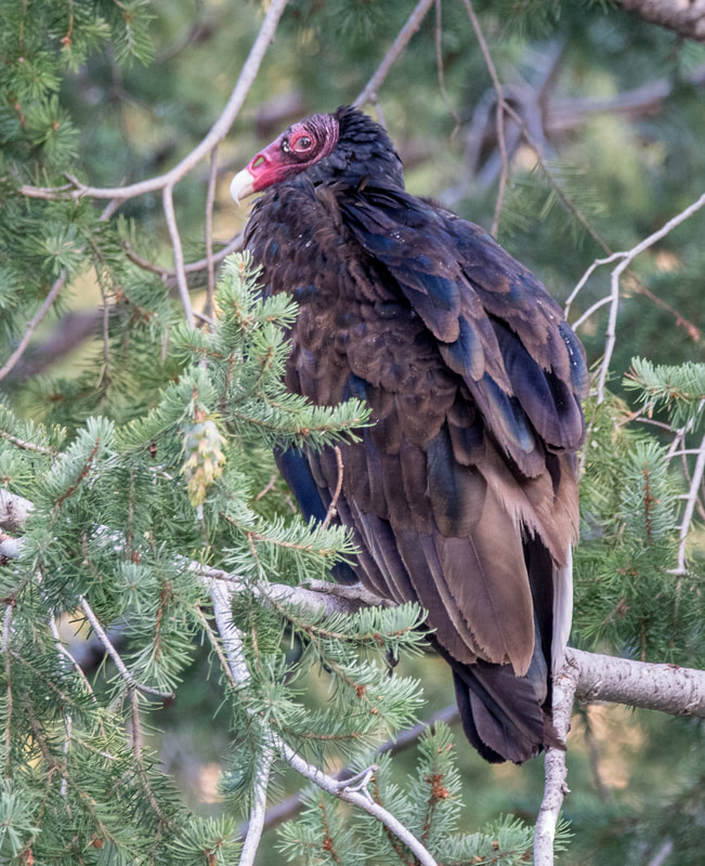
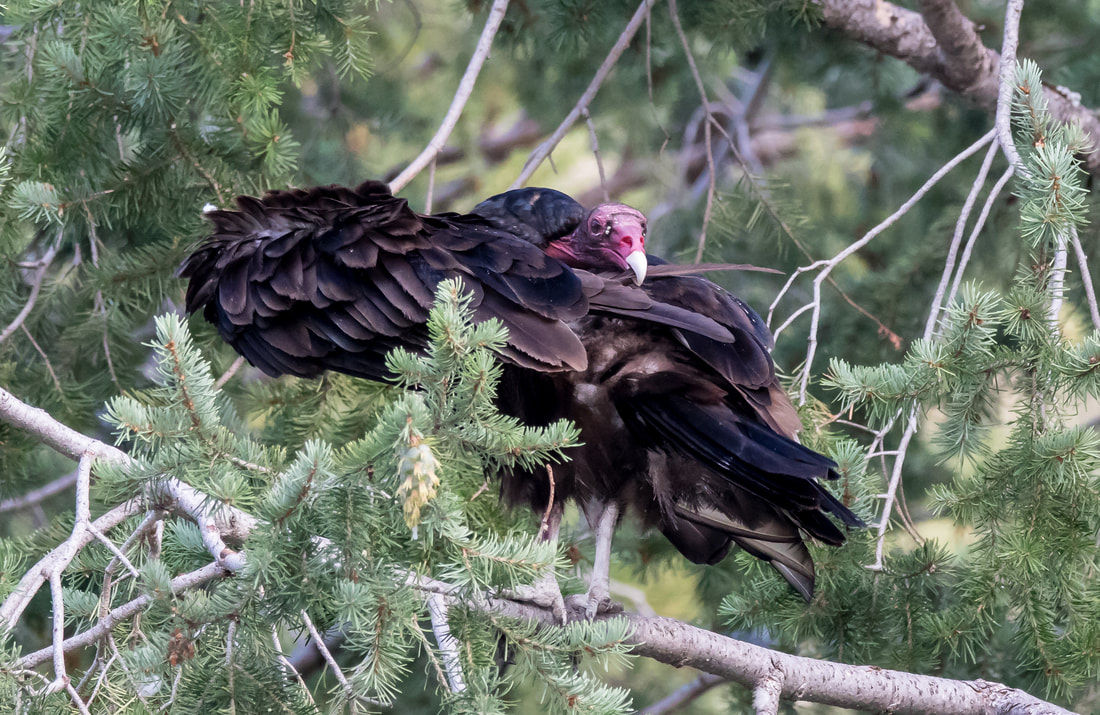
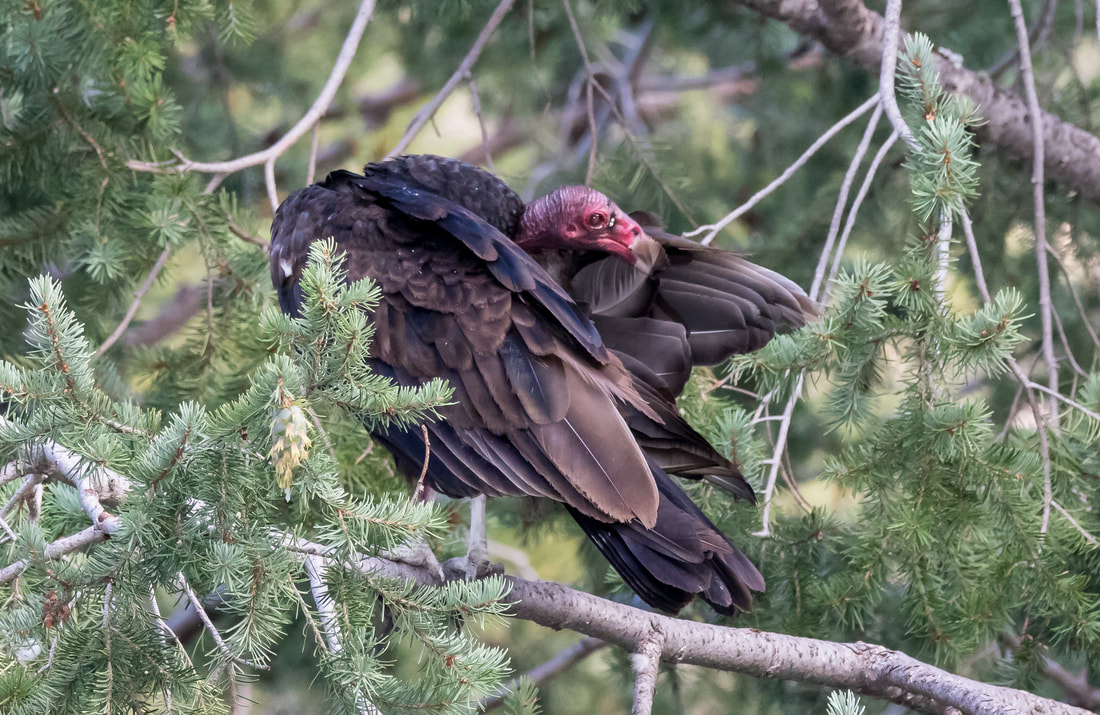
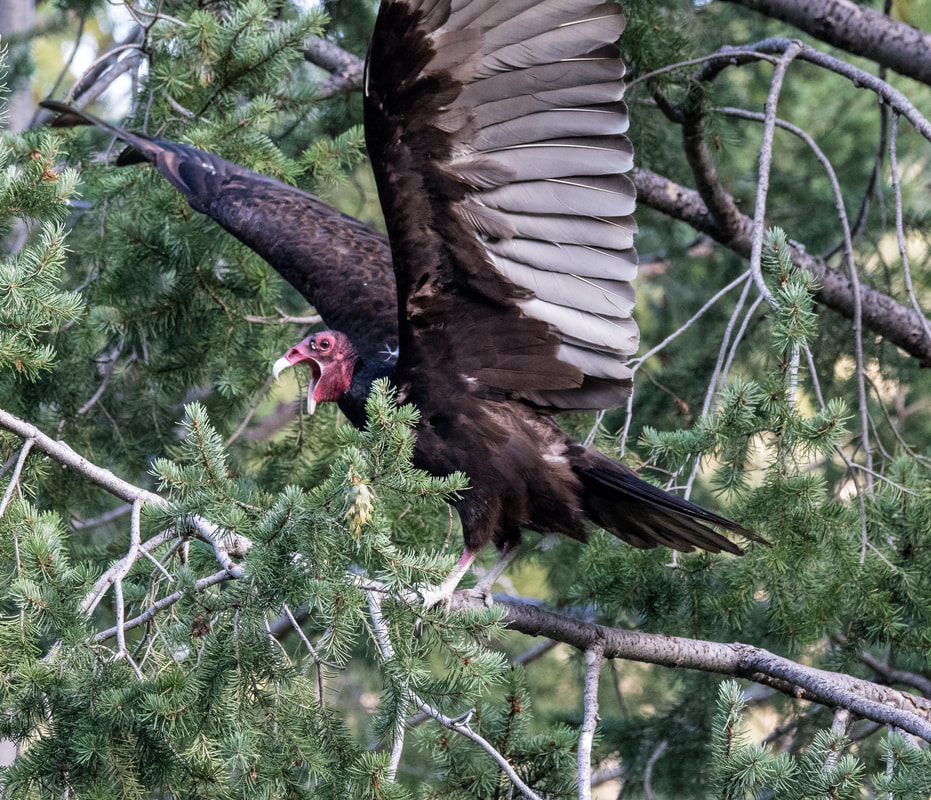
 RSS Feed
RSS Feed